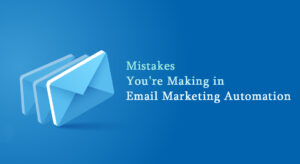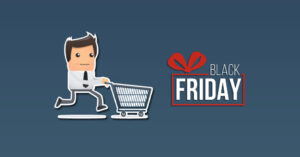4 Powerful On-Page SEO Strategies.
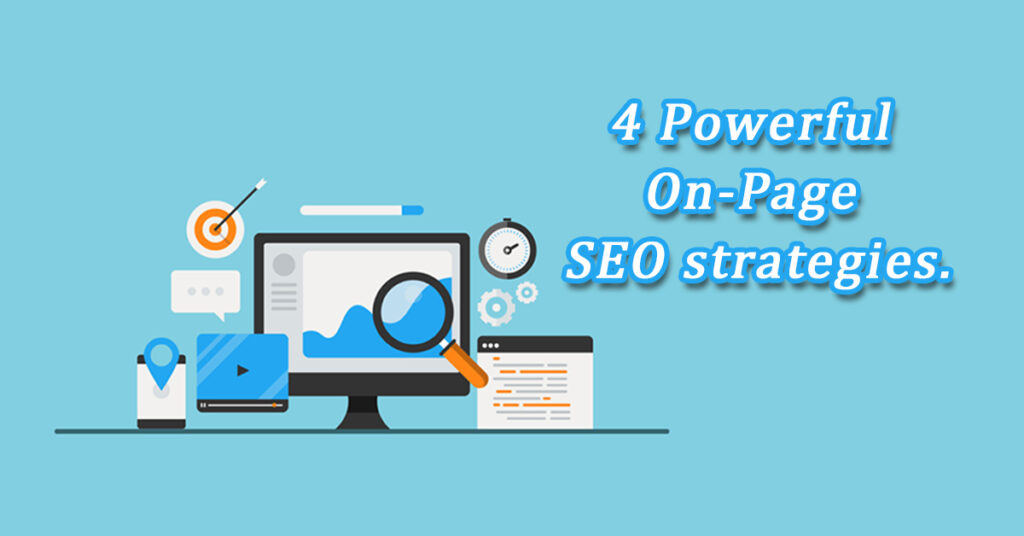
On-page SEO is the process of optimising the websites to rank on the first page of SERP. The ultimate purpose of on-page SEO is to speak the search engine’s language. It helps search engine crawlers to understand the meaning and context of the pages.
On-page SEO is one of the most crucial methods for improving your organic search engine rankings and implementing effective SEO campaigns. For each website, we need to create an on-page SEO strategy before implementing it.
The focal point of all SEO procedures is a website, and if it is not properly optimised for both search engines and visitors, you minimise the chances of receiving search engine traffic. Let’s consider this example to better understand the above-mentioned words. Say that you have a cannabis business — you primarily engage in offline sales. Everything might have been great till now when you find your competitors getting more attention than you–of, course this affects your sales. Seeing this, you might have decided that you also want to operate online, which is why you might have decided to get a website built. But even after doing that, you might not have observed any notable changes with regard to your sales. If that is the case, then you might need to consider using SEO techniques with the help of a reputed dispensary marketing agency. Know that with their help, you could ensure an increase in sales. Wondering how? Know that Google analyses the content of your website to evaluate whether it is an appropriate answer for the search query.
Looking for keywords is a part of this procedure. But there’s a lot more to on-page SEO than including keywords in your content, which is why budding entrepreneurs often hire the services of SEO coaches so that they can be thoroughly guided throughout the process.
It is also recommended to use a table of contents for blog posts. So that, you can optimize a single blog post for multiple keywords. Not only that, but you can also enjoy many other advantages of a table of contents SEO that helps to outrank the competition.
Anyway, because Google’s algorithms are ultimately seeking the best relevant search result for a query, they also search for related relevant content on the page. With proper on-page SEO strategies, we can rank our website on the first page of SERP. Below we are discussing some of the on-page SEO strategies to help our website rank.
1. Updating Old Content
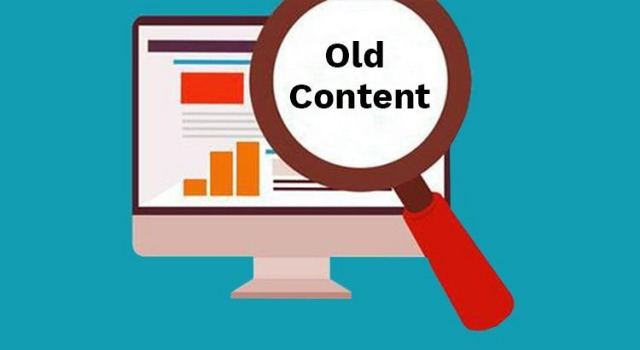
Publishing a new search-engine-optimised blog involves a lot of effort and time. A new blog writing involves keyword research, high traffic-blog topic, creating a blog, and bringing traffic to it. Generating traffic to a blog may take weeks to months.
Moreover, a simpler technique to increase traffic without encumbering your content team is to update old content. Instead of creating a new blog article, update and improve your existing ones. It’s not a new SEO tactic, but it’s simple and effective. As a blog post ages, it tends to get less traffic since blog posts lose relevance over time. There are a few steps to be followed when updating old content:
- Identify the content to update– Before updating content it is more important to check a few factors.
- The article that gets more traffic on the Google
- Find articles that are on the first or second page of SERP and with low traffic.
- Quality articles without keywords.
A smart rule of thumb is to improve any articles that have a high number of impressions but a low click-through rate. You can also use a keyword tool to see which terms your content presently ranks for and how well they rank for them. Posts that rank between #11 and #50 (on the second through fourth pages of Google’s search results) for their target keywords give excellent possibilities for upgrading.
- Optimise Keyword – Stuffing keywords is not good for any blog and it creates a negative impact on the blog. However, you can check whether you missed any keyword when published initially and recreates it accordingly. Google’s team has made it a point in recent years to prioritise keyword placement in the context of user experience and purpose. In other words, keywords should not be placed formulaically into content, but rather be included in a natural way that matches the requirements of people. You can optimise content by placing keywords in meta titles, meta descriptions, headings, and body copy.
- Add Internal and External Links– Google values internal links and it enhances the ranking and traffic. It would help if you add 10 or more links to your updated content. Besides considering editing the content text, you should also go through the links and make any necessary changes. Click on each link in your post to ensure that they all redirect to a functional and relevant web page. If an external link links to an out-of-date source, it’s time to find new research or statistics to update it.
Also Read : How To Create a Google Ads Account Step by Step Guide
2. Use Internal Links to Spread Authority
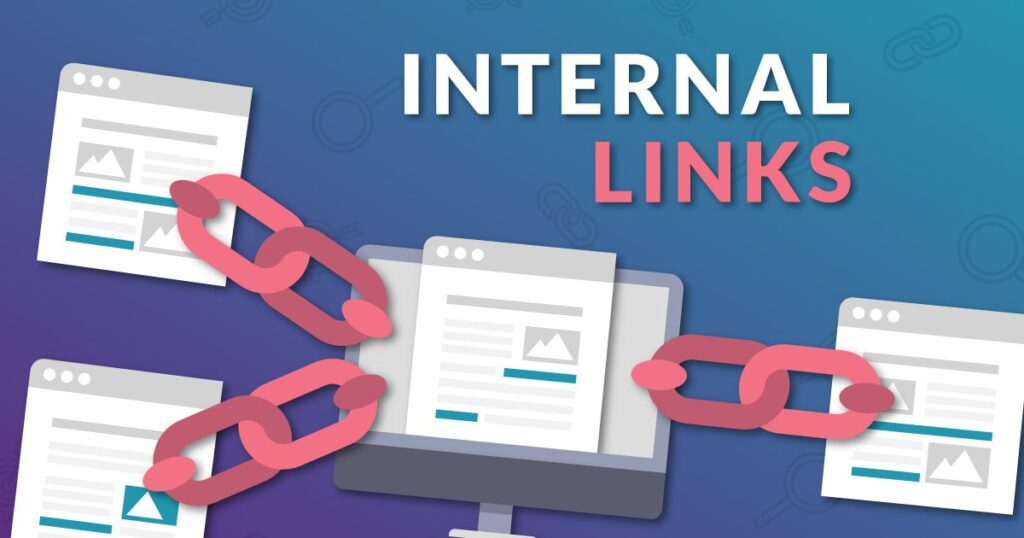
Internal linking of your articles is crucial since it improves the structure of your blog and encourages users to click on those links to read additional articles on the site. It does lead to a lower overall bounce rate on your site, which is beneficial for SEO.
Google values links and uses links to improve ranking on your pages. Even though an external and internal link is valued differently, an internal link still delivers link juice from one page to another on your site. Here I am discussing a few ways to use internal links to get better traffic:
- Link to resource article: When writing an article, incorporate links to other resources that are relevant to the article. This will help the readers stuck to our page for a long time.
- Link both pages and posts: The downside of pages is that they are effectively omitted from the whole content archive. No reader will ever locate them until you correctly link to them in your menu or blog entries. Include crucial pages, such as your blogging toolkit page, so that people may easily find them.
- Do follow your internal links: Nofollow links prevent search bots from following the linked page. So, if you’re internally linking your blog entries, make sure they’re dofollow so that your previous content continues to rank.
3. Optimise Your Images with Alt tags, Title tags, and Captions
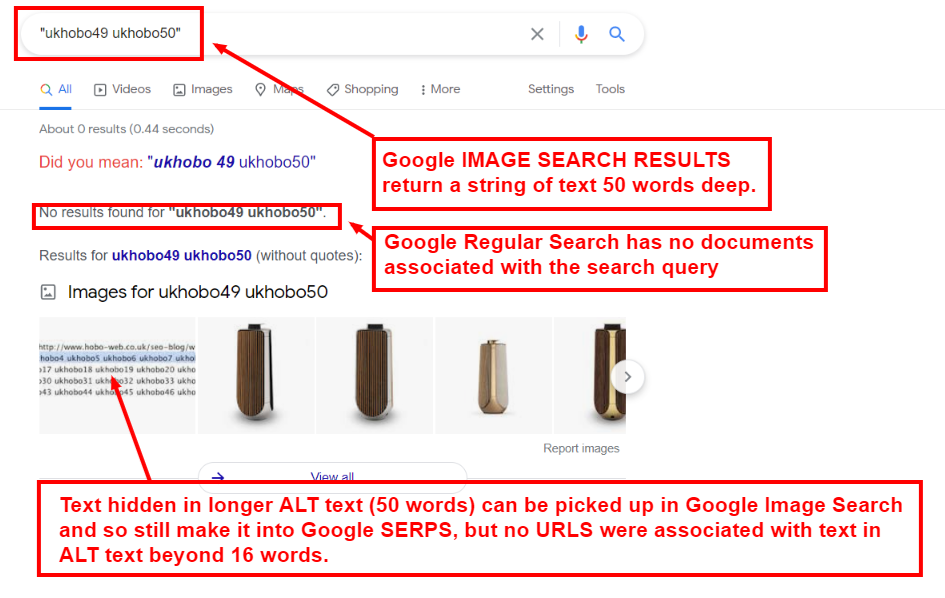
Images are the most neglected on-page SEO element, but if correctly optimised, they are the best on-page SEO strategy to boost the SEO health of your site. With images for SEO, you can enable search engines to better understand your site and content. Furthermore, you may gain greater visibility in image search results, which is quite beneficial for increasing interest in your products and services. Key points to optimise the blog images for on-page:
- Images cannot be processed by search engines in the same way that the human brain can. Instead, alt tags are used to identify what is being shown. Every image on your site should have a unique alt tag that describes it, and many of them should include important keywords.
- Rename the image file to something human-readable and relevant to the topic. Include a keyword in the file name if it is related to the image. However, don’t just employ random keywords in order to improve your image SEO ranks. Keyword stuffing is never a smart idea, even though a search engine might not be able to determine straight away that the description is useless.
- Wherever possible, include a caption because captions are read 300 percent more than body content. It’s simple to add alt text and captions on WordPress because the option is available when you upload an image.
4. Improve Site’s Speed for SEO
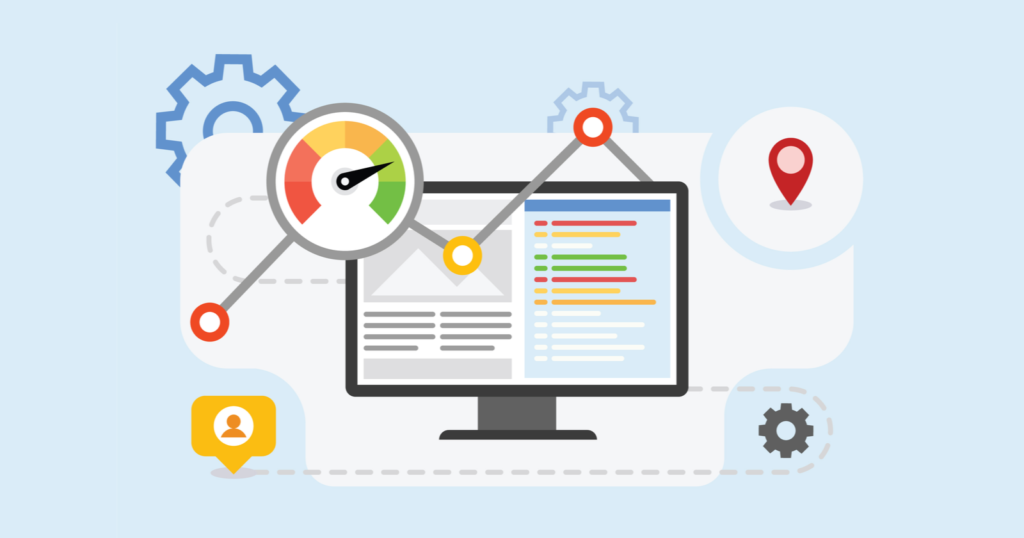
In Google’s ranking algorithm, site speed is a key on-page SEO Strategy. Not only that, but perhaps a quick-loading site is also important for the user’s experience. This crucial on-page SEO approach should not be overlooked at any cost. A millisecond delay in loading might lose you revenue and visitors. This is why many businesses have started enlisting the help of professionals for building their website as well as optimizing it. This stands equally true for the product as well as service-based websites. The quicker a potential customer is able to navigate through different pages on a website, the faster he will decide whether or not to buy a certain product or service. This perfectly explains why there seems to be a rise in the field of real estate, professional services, or even Automotive SEO. The experts in these industries are well aware of the elements required to optimize a website, some of which are listed below:
- Caching plugins such as Super Cache, WP-Rocket, and W3 Total Cache can be used.
- Use images with small sizes
- Use themes with something very light and optimised for speed. Most fancy themes aim to entice customers by including features that you’ll never use. These items, on the other hand, increase the time required for the site to load. So better try to use light-weight wordpress themes.
- Make use of a faster web hosting server similar to the one you can see at https://morningupgrade.com/wpx-hosting-review/.
- Remove unnecessary widgets from the side bar. Since most visitors are ad-averse, find subtle ways to include affiliate items within your post rather than in the sidebar.
- You can use Google’s page speed tool to evaluate your site’s loading time, which also provides valuable information about what’s wrong and how to fix it.
Conclusion
Hope this blog helps you understand the most important on-page SEO strategies. If you have any comments or want to know more about SEO, Do leave a comment or contact us. We have a team of expert SEO analysts who can help your website rank on the first page of SERP.


